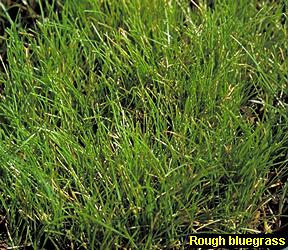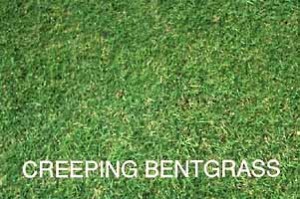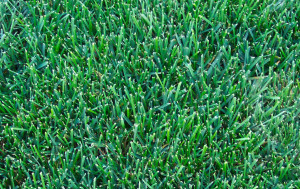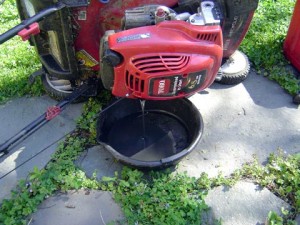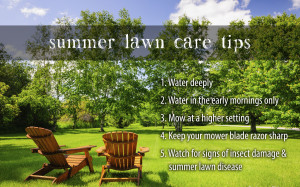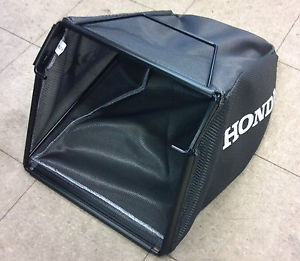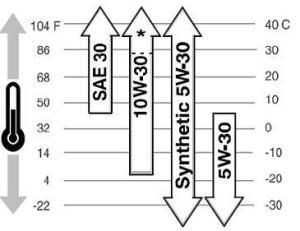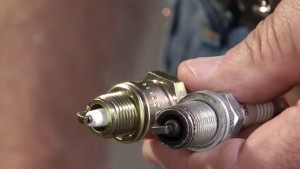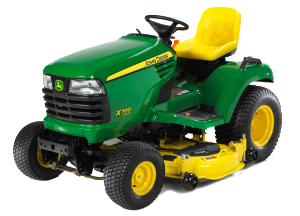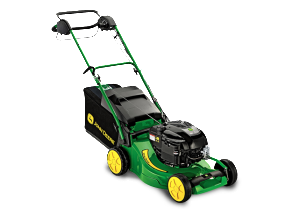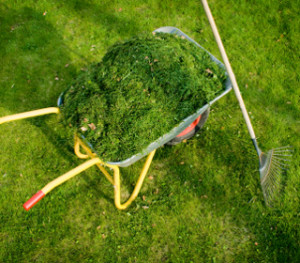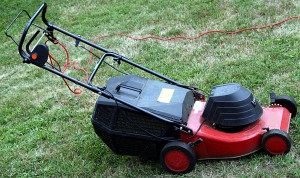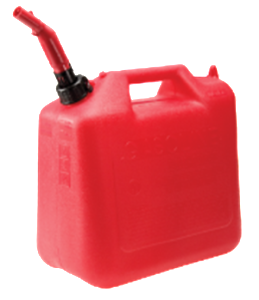 The scientific name for Chewing Fescue is festuca rubra var commutata. It is a cool season grass for northern areas and cool or moist climates. Chewing Fescue can tolerate close mowing in cool climate situations with sufficient moisture. It does not do well in dry or drought conditions. Let it grow longer during dry periods to preserve the ground moisture and help it withstand the dryer periods. It also does well in mixtures of Kentucky bluegrass and other blends. It is also susceptible to leaf spot and as mentioned does not do well in drought conditions.
The scientific name for Chewing Fescue is festuca rubra var commutata. It is a cool season grass for northern areas and cool or moist climates. Chewing Fescue can tolerate close mowing in cool climate situations with sufficient moisture. It does not do well in dry or drought conditions. Let it grow longer during dry periods to preserve the ground moisture and help it withstand the dryer periods. It also does well in mixtures of Kentucky bluegrass and other blends. It is also susceptible to leaf spot and as mentioned does not do well in drought conditions.
Chewing Fescue – Shade Tolerance
Does not do well in full hot sun, shade situations provide better protection. Water need is low in these conditions. Fertilizer requirements are low to medium with .1 to .5 pounds per 1000 square feet required. each growing month. In terms of we-arability it can form clumps and provide a lumpy covering. Consumers should mow this grass from 1 to 2 and a half inches in height, longer if under dry conditions.
Some growers will use a blend of Chewing Fescue and other grasses depending on their conditions of full sun and shade requirements. As your lawn requirements change, trees mature, shrubs become a little more overgrown, your grass type may also change. Reacting to the amount of sunlight, the water conditions will ensure that you continue to have a great looking lawn.
Cutting your lawn so that it remains a little longer in the middle of the summer when there is less rain and more evaporation will help it to be stronger and survive through dry conditions without having to apply a lot of water. Monitor your grass and the soil underneath to keep track of the moisture levels to ensure a healthy looking lawn.
For moe information about different types of grasses we have in our lawns, click here.


